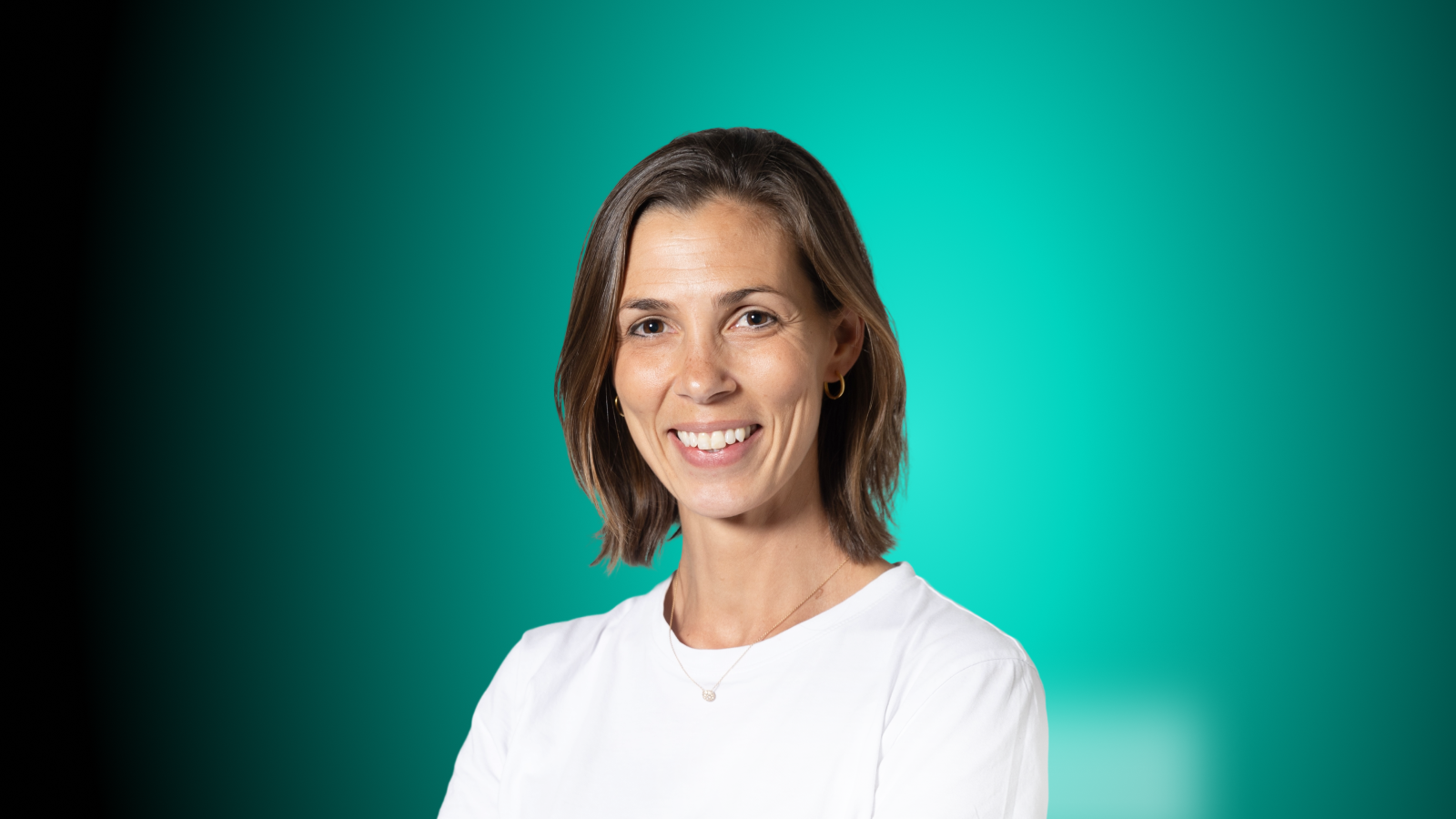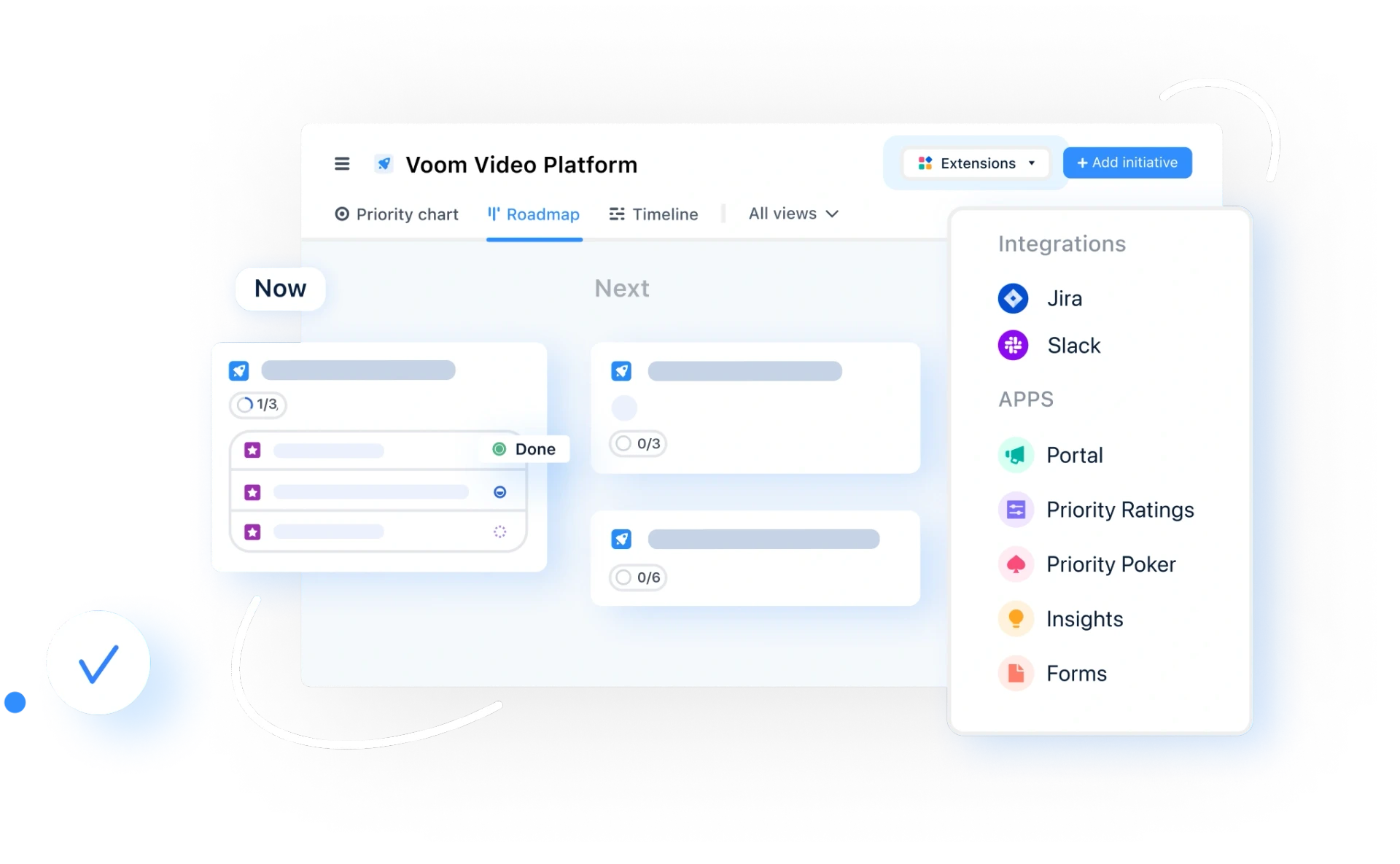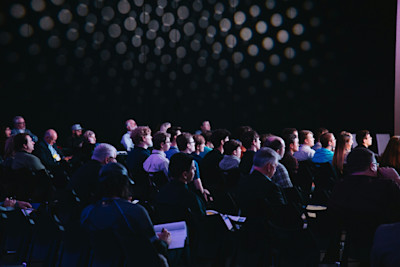Inside Zendesk’s Product Culture: 7 Lessons from their VP of Product, Lucy Field

“Product culture is really about understanding and empathizing with your users,” says Lucy Field, Vice President of Product at Zendesk, “Then getting genuinely excited about the solutions we can offer them.”
Sitting down with Head of Product and co-founder of airfocus, Malte Scholz, Lucy didn’t talk about frameworks or feature prioritization. Instead, she went deep on the one thing that shapes everything else: culture.
From designing deliberate systems for creativity to protecting curiosity in an AI-driven world, Lucy offers an unfiltered look into how Zendesk builds and sustains strong product teams.
Here are her seven most powerful insights.
1. Great product culture starts with empathy
“Product culture to me is really about understanding and empathizing with your users,” Lucy explains. “Then getting really excited about the solutions we can offer them – offering better solutions that are better than what they would expect and certainly better than what a competitor could give them. And then delivering on that as well.”
The hallmark of a healthy product culture, Lucy explains, is when “you’ve got a really engaged product team who are collaborating on problems, who are talking about their users as though they know them, and as though they’re backing them and really looking out for them.” That depth of care, she added, “starts to show up in the product”: “You can tell products – and we’re starting to see so many new products come to market in this era – that were built with a really strong user focus and product culture. And that’s when you really feel like you’ve struck gold in terms of creating a strong product culture.”
2. Don’t confuse process with culture
“Many people mistake tools and processes for success or for culture,” Lucy warns. “They take it to the nth degree – to a place where there’s no white space, no room for creativity, no space for PMs, or engineers, to come up with their own processes and ideas that suit their needs.”
But rather than rejecting process outright, she says that balance comes from being intentional. “Unstructured conversations are super important,” Lucy says. “But you can still design a strong product culture. What I mean by that is it’s still important to be deliberate and thoughtful with how we spend our time, and to find the processes, structures, and environment that encourages that.”
The reality? “Creativity and discovery don’t happen by themselves; they take thought and a deliberate structure to enable them.”
Lucy’s rule of thumb: Create enough structure to free people, not to box them in.
3. Design remote work deliberately
At Zendesk, Lucy’s teams have been distributed long before it was a necessity. But still, the transition to fully remote work required careful thought.
“We were already a global company with teams working across the world on projects together,” she explains. “We had a good amount of experience with Zoom, with Lucid.”
Logistically, it was fine. “But at the same time, we lost that ability for the unstructured, ‘tap on the shoulder.’ Zendesk, in particular, has a very people-driven culture, and so that lack of collaboration, I think, did have an impact.”
But she doesn’t romanticize office time either. “The key is being deliberate with how you split your time,” she says. “Use your in-office time for those unstructured, whiteboarding sessions, or catching up with people in hallways. It’s unstructured to a degree, and it enables creativity, but there is a goal.
“You've been deliberate in how to use your time, and you've structured your week so that you have focused time at home and creative time in the office. Creativity and discovery do not just happen by themselves.”
4. Protect discovery time like a deliverable
Lucy’s product org recently restructured its internal product reviews to focus earlier on the problem space.
“We kept finding that we were coming into pre-launch reviews with fundamental questions about the problem unanswered,” she explains. “Even the audience, at times, hadn’t really been asked early on, so we shifted our product review process much earlier, spending more time on problem definition. Questions like: What is the problem the user is facing? Why do we care? What’s the impact if we solve it?”
She also created weekly rituals to fuel collaboration. “Every Tuesday, all of our PMs share prototypes as a way of sharing what’s going on in their heads. Prototypes are an incredibly effective way of doing that.”
“It's been hugely beneficial for product managers to see the types of skills and the types of capabilities you can build. And to learn by seeing rather than just talking about it as well.”
As a manager, enforcing these activities ensures time is dedicated to discovery. “If you make it explicitly, on a rotating system or whatever, it teaches everyone how others do it, and people can get inspired.”
Far from adding workload and pressure, these sessions ultimately recharge the team: “These types of activities are fun. This is why we got into product management.”
5. Measure culture through energy, not dashboards
When asked how she measures product culture, Lucy said Zendesk’s approach is less analytical and more human-centered.
“We don’t measure it in any particular way,” she admits. “We run surveys and measure the use of many of our internal tools… but I think more directly in my team, it tends to be more about an open conversation and a continuous pulse check.”
What does good product culture look like? “It shows up much more as an energy, a willingness to take things on, a willingness to drive things to completion. I think those are the sort of pulse checks that we need to constantly have at the moment, given how, to some degree, turbulent things are in the market.”
6. Burnout comes from lack of meaning, not hours worked
Lucy doesn’t see burnout as a function of workload. Instead, she frames it around purpose.
“The way that I think about burnout is not so much about workload in and of itself, but whether you have enough time to spend on things that are meaningful, as opposed to things that are sucking your energy.”
While AI is helping ease some of the low-level load, she said the transition phase can be tricky. “We’re automating quite a lot – building bots to build pre-launch plans, for example. I think we have a lot more automation and centralization than before, and that’s starting to alleviate that pressure. But PMs are feeling the crunch.”
There’s increasing social pressure to ‘keep up’: “Every time you go on LinkedIn, everyone’s talking about everything that they’re been building with AI, and you’re constantly feeling behind. We’re in an age of calibration, still figuring out how much time to spend on research, discovery, and strategic thinking versus delivery.”
Meaningful work, she argues, is the antidote: “Making sure that people feel they’re doing meaningful work, that’s connected to the business, that is then shared, visible, and celebrated - I think we can still completely drive product culture in a way that isn’t dependent on seeing each other once a week.”
7. Curiosity is the product leader’s secret weapon
If Lucy could leave product leaders with one principle, it would be curiosity.
“The advice I’d give to any product person building culture, and especially product-focused culture, is to really just be super curious. To really tap into what makes you curious, and keep asking questions.
“In a world of AI, it’s easier than ever to come up with solutions. It’s much harder to come up with really good questions.”
She adds, “When you see someone post about a product launch, spend a few more minutes thinking: What are the key questions that you would be asking right now as a customer? As the product manager of that area? Keep exercising that skill. I think that starts to flow through to every activity across the project lifecycle.”

Lucy’s message landed with clarity: At Zendesk, product culture isn’t a fuzzy ideal or HR slogan. It’s a practice – one rooted in empathy, deliberate systems, and relentless curiosity.
As she put it, “Culture doesn’t happen because the manager does something. Everyone has to bring themselves to it.”
Emma-Lily Pendleton
Read also



Experience the new way of doing product management

Experience the new way of doing product management




